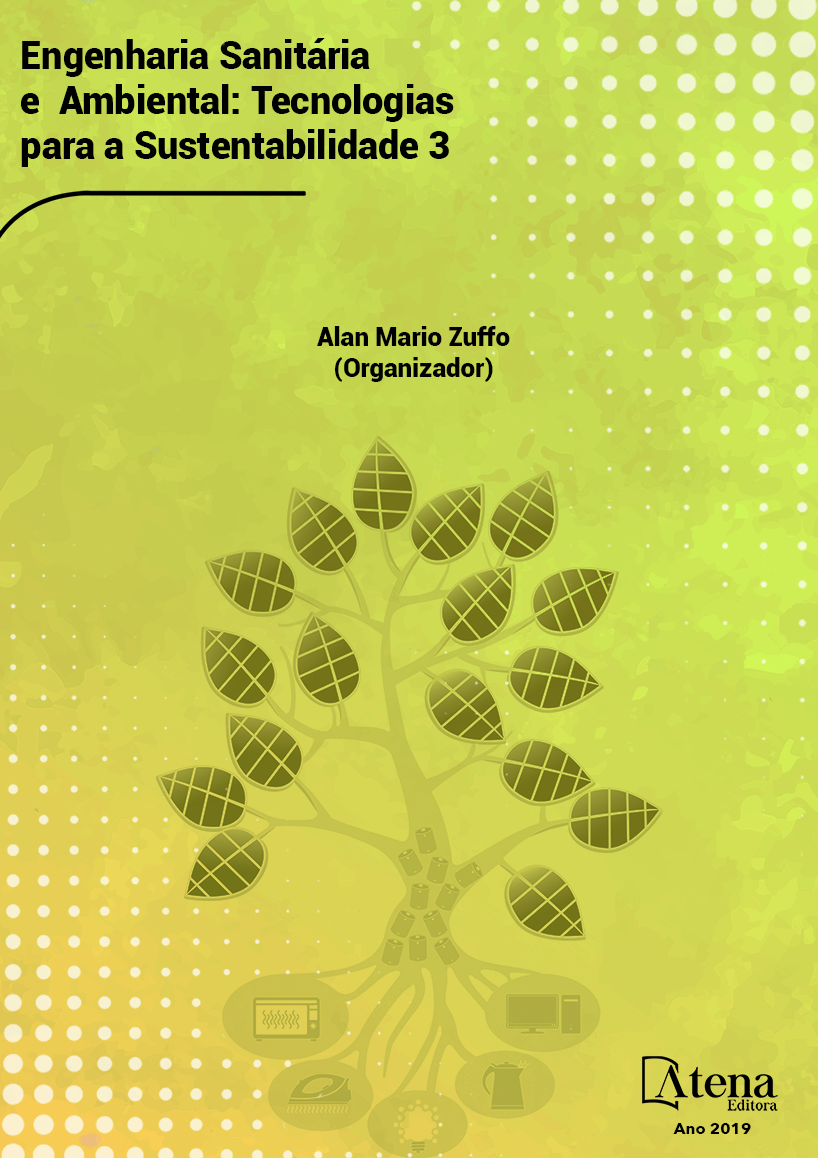
INDUSTRIAL EFFLUENT TREATMENT FOR SCREEN PRINTING
Prevenir e mitigar a poluição
decorrente de atividades industriais é um
problema delicado para o progresso e
desenvolvimento da civilização. A indústria
ganha espaço ultimamente em países em
desenvolvimento, pois traz progresso e
melhores condições de vida para a população,
porém, um sistema de controle da poluição
inadequado gera degradação da qualidade
ambiental, podendo trazer danos à saúde da
população. Isto é, com o aumento do consumo
de produtos, pode ocorrer um aumento na
degradação do ambiente e a busca por
tecnologias que tragam compatibilidade
entre produção e preservação vem sendo
cada vez mais estudada. Diversos tipos de
indústrias, geram diferentes tipos de poluição.
No ramo da indústria têxtil, uma das principais
preocupações é a geração de efluentes, que
podem ser provenientes de atividades como
tingimento e lavagem de tecidos, utilizando
insumos como a emulsão e a tinta têxtil, ambos
gerados na atividade de serigrafia. Para o
trabalho proposto, adotamos como foco do
estudo o efluente de uma indústria de serigrafia,
possuindo elevadas concentrações de cor e
sólidos em seus efluentes. Adotando o sistema
de tratamento de efluentes por coagulação/
floculação e utilizando o coagulante sulfato
de alumínio (Al2(SO4)3), a concentração ótima
foi de 1000 mg.L-1 de Al2(SO4)3, juntamente ao
carbonato de cálcio na concentração de 600
mg.L-1 para estabilização do pH. O sistema
de tratamento alcançou eficiência de 94% na
remoção de cor e 85% na remoção de sólidos.
INDUSTRIAL EFFLUENT TREATMENT FOR SCREEN PRINTING
-
DOI: 10.22533/at.ed.51719110420
-
Palavras-chave: Efluente industrial, Caracterização do efluente, Ensaios de tratabilidade.
-
Keywords: Industrial effluent, Effluent characterization, Treatability tests
-
Abstract:
Preventing and mitigating pollution
from industrial activities is a delicate problem for
the progress and development of civilization.
Industry has been gaining ground lately in
developing countries, since it brings progress
and better living conditions for the population,
but an inadequate pollution control system leads
to degradation of environmental quality and can
lead to harm to the health of the population. That
is, with the increase of the consumption of products, an increase in the degradation of
the environment can occur and the search for technologies that bring compatibility
between production and preservation is being studied more and more. Various types
of industries generate different types of pollution. In the textile industry, one of the main
concerns is the generation of effluents, which can come from activities such as dyeing
and washing of fabrics, using inputs such as emulsion and textile ink, both generated
in the activity of screen printing. For the proposed work, we adopted the effluent of
a silkscreen printing industry, having high concentrations of color and solids in their
effluents. By using the coagulation / flocculation effluent treatment system and using
the aluminum sulfate coagulant (Al2(SO4)3), the optimum concentration was 1000 mg.L-
1 of Al2(SO4)3 together with the calcium carbonate in the concentration of 600 mg.L-1 for
pH stabilization. The treatment system achieved 94% efficiency in color removal and
85% in solid removal.
-
Número de páginas: 15
- Fernando Jorge Corrêa Magalhães Filho
- Priscila Sabioni Cavalheri
- Allan Rios Bezerra


